
Football is often about scoring goals, but amazing passes and smart plays are also thrilling. Managers see many things during the game that fans might miss. Their job is tough, as they must create systems that suit each player’s skills. Over time, clever managers have changed how football is played.
Here are 5 best football strategies that made game exciting today.
5. Sarri-ball – Napoli and Chelsea
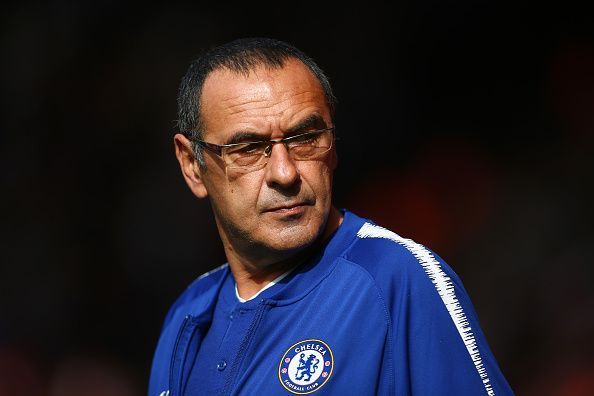
Sarri-ball is a football strategy developed by Italian coach Maurizio Sarri in the current decade. It builds on the idea of Total Football, similar to the 3-3-1-3 formation.
Sarri-ball focuses on maintaining possession, much like Guardiola’s Tiki-Taka. However, it emphasizes moving the ball forward quickly rather than across the field. This style uses fast, short passes and aims for quick transitions from defense to attack.
The strategy uses a 4-3-3 formation and relies on defenders and the goalkeeper being skilled at passing from the back. Kalidou Koulibaly at Napoli and David Luiz at Chelsea are examples of defenders who excel in this role.
Sarri’s approach often targets the left side for attacks, while the right side is less involved. The deep-lying playmaker, like Jorginho, is central to the strategy as all build-up play flows through him.
Defensively, Sarri prefers a high line to reduce space for opponents, though this can be risky if mistakes lead to counter-attacks. In attack, the system needs a strong striker and two fast wingers who work well with midfielders to score goals.
Sarri-ball started at Empoli and was refined at Napoli, where it gained popularity during the 2017/18 season. Napoli played exciting football and led the league for most of the season, but lost to Juventus due to inexperience rather than flaws in the system.
Now at Chelsea, with a stronger team, it’s yet to be seen if Sarri’s strategy can achieve success and prove its effectiveness.
ALSO READ: Top 5 Highest Match Totals In T20Is
4. Gegenpressing – Borussia Dortmund and Liverpool
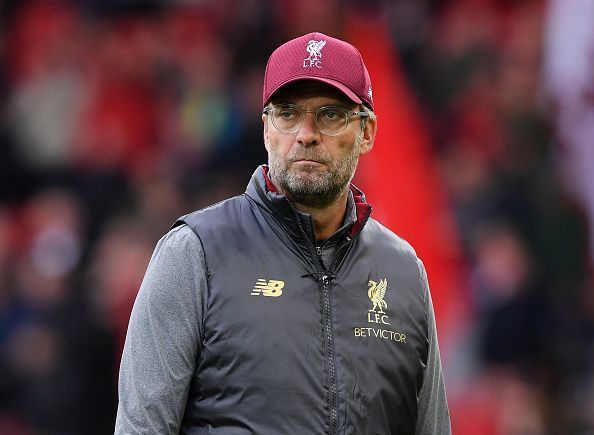
Gegenpressing (from German, meaning “counter press”) is a pressing technique made famous by Liverpool’s current manager, Jürgen Klopp, during his time at Mainz 05 and Borussia Dortmund.
According to Klopp, “The best time to win the ball back is right after your team has lost it. The opponent is still trying to figure out where to pass. They’ve taken their eyes off the game to make a tackle or interception and are tired, making them vulnerable.”
Gegenpressing is all about putting intense pressure on the opponent right after they’ve gained possession, making them more likely to make a mistake. While pressing has been used since the 1970s with Total Football, different managers use it in various ways.
For example, the famous Italian coach Arrigo Sacchi used pressing tactics with AC Milan in the late 1980s. Pep Guardiola also employs this technique to regain and maintain control of the ball. Klopp, however, uses pressing aggressively as an attacking strategy, aiming to create scoring opportunities by constantly pressuring the opposition.
This technique involves players forming tight groups and using short passes. If they lose the ball, they quickly surround the opposing player to regain possession.
However, Gegenpressing has its challenges. All players must consistently perform their pressing duties, and they need strong positional awareness and intelligence to know when to stop pressing and regroup defensively.
If even one player fails to press effectively, the opposing team might find space to move the ball and start counter-attacks, potentially breaking down the team’s structure. The technique demands high stamina, as players must stay alert and active with little rest.
Liverpool’s significant victory over Manchester City in the Champions League is a recent example of effective Gegenpressing. It remains to be seen if Jürgen Klopp will achieve further success with this approach.
3. Tiki Taka – Barcelona
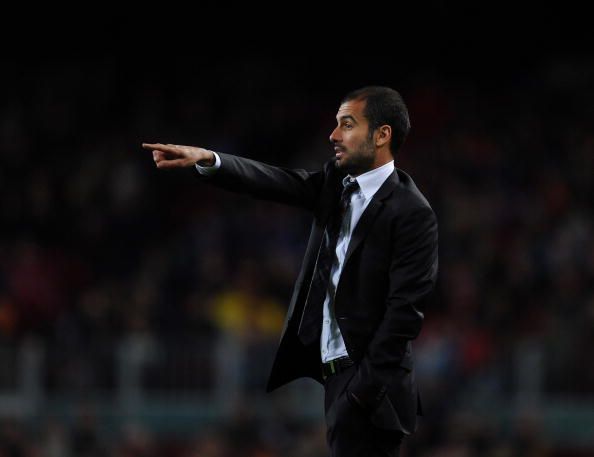
Tiki Taka is considered one of the most significant tactical innovations in modern football. It evolved from the Total Football system used by Johan Cruyff’s Barcelona team in the late 80s and early 90s.
Johan Cruyff was known for making the concept of using space on the field very effective. His successors, Louis Van Gaal and Frank Rijkaard, expanded on this idea, with Van Gaal introducing the 3-3-1-3 formation.
When Pep Guardiola took over Barcelona, he built on the Total Football idea but focused more on passing. Instead of always using space, his approach emphasized keeping possession of the ball by passing it around to control the game.
Tiki Taka involves making short passes in triangular patterns all over the field. It requires excellent passing skills and a wide field of vision, qualities shown by players like Andres Iniesta and Xavi Hernandez. This system used Total Football’s high defensive line to help midfielders create passing patterns and incorporated positional changes.
At first, Guardiola asked his players to stick to their positions until they reached the opponent’s final third. The play would begin with the goalkeeper, moving the ball in triangles across the pitch. Once they got to the final third, players were given more freedom to move from their positions and score goals through quick one-twos or individual skill.
Barcelona’s sextuple win in 2009 and another Champions League title in 2011 are major achievements that showcase the success of this system. Guardiola also used another tactic effectively within this framework
ALSO READ: Top 5 Best Defenders at Euro 2024
2. False 9 – Barcelona
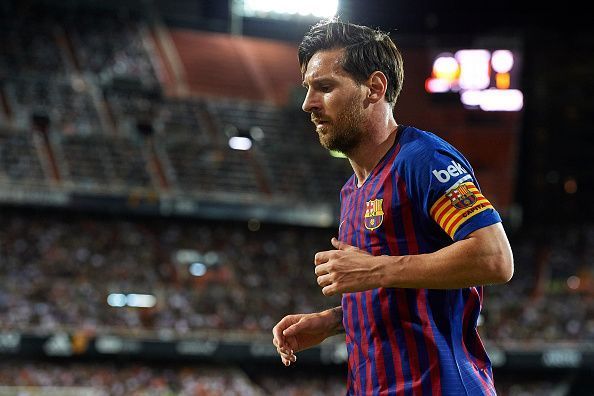
In today’s football, the False 9 tactic is very popular, largely thanks to Lionel Messi, who has used it brilliantly at Barcelona. However, this tactic actually dates back to the 1930s.
The False 9 is quite different from the traditional number 9. Traditionally, the number 9 is a center-forward who plays close to the opposition’s defenders, making runs, getting on the end of crosses, and scoring goals. In contrast, the False 9 moves deeper into midfield to create and use the space between the midfielders and defenders.
This movement causes confusion for defenders, as they are unsure whether to follow the False 9 into midfield. When they do, it creates gaps in their defense that attacking wingers can exploit to score goals.
By dropping deeper, the False 9 also gives midfielders more options, helping them form triangles in the center of the field. This was a key part of Messi’s role in Barcelona’s tiki-taka system under Pep Guardiola.
The False 9 tactic was first used by Matthias Sindelar of Austria in the 1930s. Later, Hungarian forward Nandor Hidegkuti used it with the Mighty Magyars in the 1950s. This tactic is often used with players who might not be physically suited to the traditional number 9 role due to their size and strength.
Lionel Messi has become the best example of this tactic, excelling both as a playmaker and a goal-scorer, accumulating an impressive number of goals and assists throughout his career.
1. Total Football – Ajax, Barcelona and The Netherlands
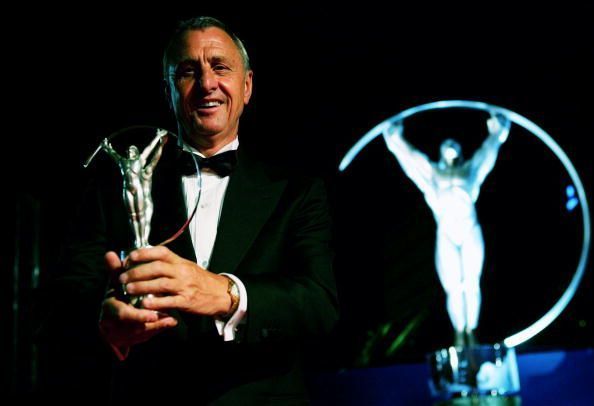
Total Football is one of the most important developments in football tactics. It is considered the foundation for modern possession-based play.
This approach was first developed by Rinus Michels with Ajax in the 1970s. It centered on two main ideas: using space effectively and allowing players to switch positions freely. The goal was to confuse opponents by constantly changing positions, which made it hard for them to stick to their man-marking strategies.
Total Football revealed the flaws in Catenaccio, a system that heavily relied on man-marking. By constantly shifting positions, the attackers could exploit the gaps created when defenders were out of place, leading to more scoring opportunities.
Players in this system needed strong positional awareness and versatility, as they had to frequently switch between defense, midfield, and attack to maximize the system’s effectiveness.
The formation often used was 4-3-3 or 3-4-3, with vertical position changes along the flanks and less frequent horizontal switches.
Johan Cruyff is known as the greatest proponent of Total Football. As a player, he excelled in creating space and setting up goals with his vision, moving seamlessly between different positions. As a manager, he used these principles to build Barcelona’s Dream Team in the late 1980s, one of the best football teams ever.
The ideas of Total Football continue to influence modern managers like Pep Guardiola, Maurizio Sarri, and Marcelo Bielsa.
Under Rinus Michels, Ajax won four consecutive league titles and a European Cup between 1965 and 1970. The Netherlands, also managed by Michels, reached the 1974 FIFA World Cup final with this system.
READ MORE:












